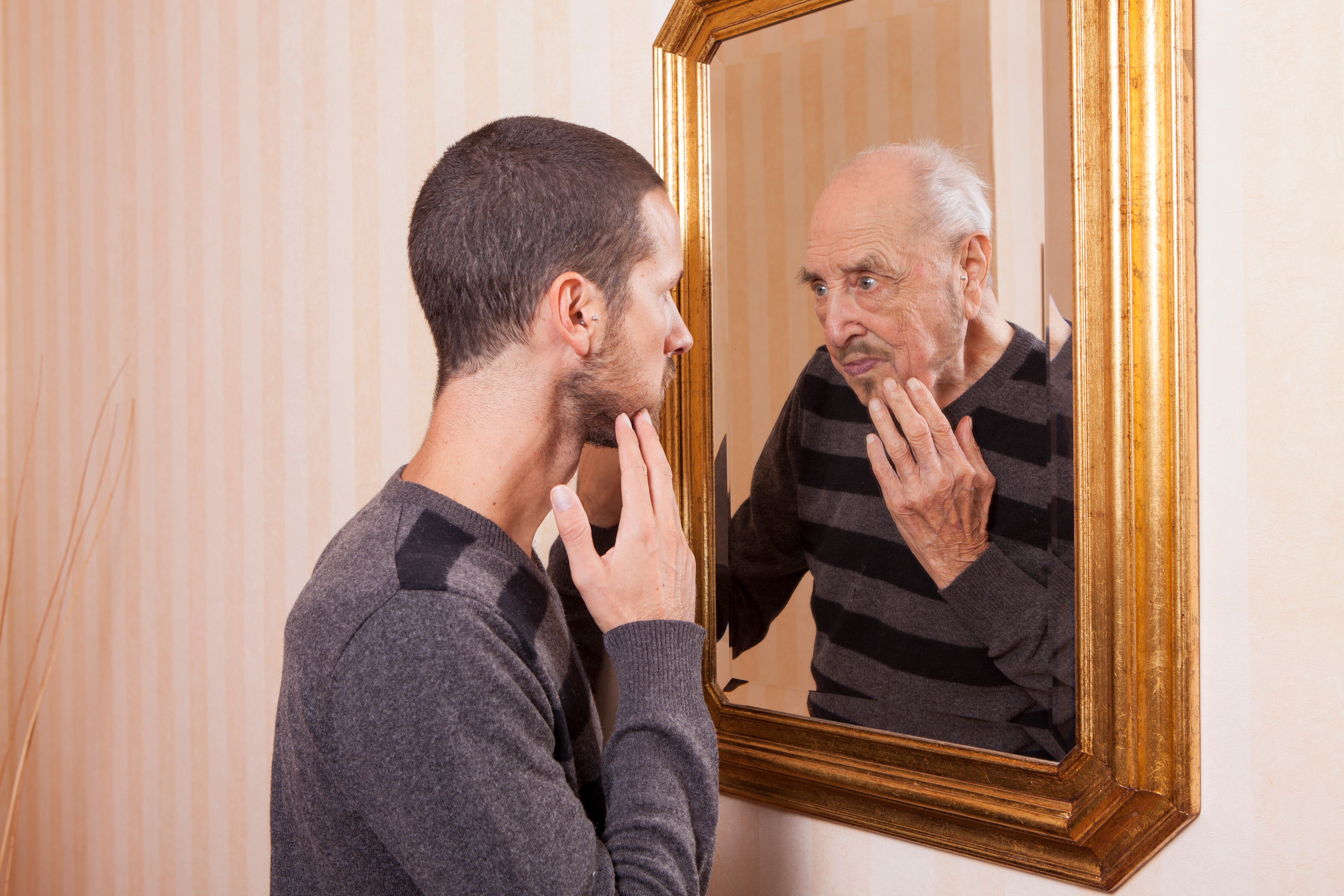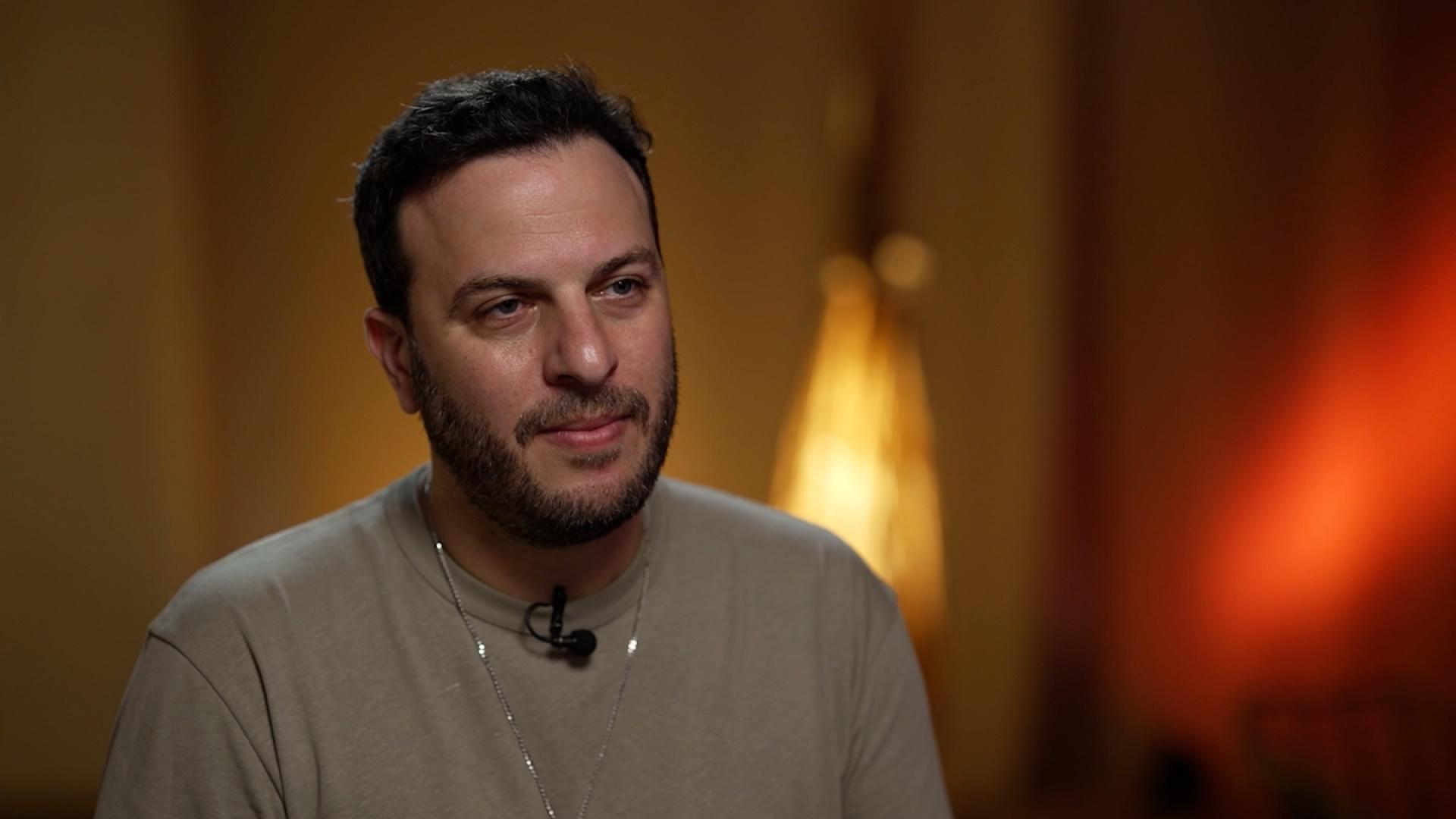Kurzweil predicts nanorobots will help humans live for thousands of years by curing aging.
Ray Kurzweil is a futurist and inventor who believes AI will transform energy, manufacturing, and medicine.
Ray Kurzweil, a renowned futurist and inventor, has made several predictions about the future of artificial intelligence (AI) and its impact on various aspects of our lives. In a recent interview, Kurzweil shared his hopes for the advancement of AI and technology. According to him, AI is on the verge of making a significant leap from revolutionizing just the digital world to transforming the physical world as well.
Kurzweil believes that three areas will have profound implications for this transformation: energy, manufacturing, and medicine. In particular, he predicts that nanorobots may help humans live for thousands of years by curing aging. This aligns with his new book,
100%
No Doubts Found At Time Of Publication
100%
What's This
The overall score is a weighted
number that takes
into
account conflict of interest, bias, deception and other practices that undermine
the
credibility of the source. It is calculated as:
(Site Conflicts Of Interest +
Author Conflicts Of Interest) / 2.0 * 0.2 +
ArticleBiasScore * 0.20 +
UniquePointsScore * 0.05 +
DeceptionScore * 0.20 +
ReadabilityScore * 0.05 +
FallacyScore * 0.20
Readability
95%
A score that takes into
consideration the content
for
flow,
interruptions with ads, and overt search engine optimization techniques that
makes
the
content hard to understand
Unique
Points
Renowned futurist Raymond Kurzweil believes nanorobots may help humans live for thousands of years by curing aging. Kurzweil's new book, The Singularity is Nearer, discusses the use of nanotechnology and biotechnology to cut down on human aging. According to Kurzweil, each human body may require up to several hundred billion nanorobots for repair and augmentation.
Accuracy Deception
(100%)
Fallacies
(100%)
Bias
(100%)
Site
Conflicts
Of
Interest (100%)
Author
Conflicts
Of
Interest (100%)
100%
What's This
The overall score is a weighted
number that takes
into
account conflict of interest, bias, deception and other practices that undermine
the
credibility of the source. It is calculated as:
(Site Conflicts Of Interest +
Author Conflicts Of Interest) / 2.0 * 0.2 +
ArticleBiasScore * 0.20 +
UniquePointsScore * 0.05 +
DeceptionScore * 0.20 +
ReadabilityScore * 0.05 +
FallacyScore * 0.20
Readability
100%
A score that takes into
consideration the content
for
flow,
interruptions with ads, and overt search engine optimization techniques that
makes
the
content hard to understand
Unique
Points
Ray Kurzweil predicts artificial intelligence (AGI) will surpass human cognitive abilities by the time children born today are in kindergarten. AI is expected to make the leap from revolutionizing the digital world to transforming the physical world. Three areas with profound implications for this transformation are energy, manufacturing, and medicine.
Accuracy Deception
(100%)
Fallacies
(100%)
Bias
(100%)
Site
Conflicts
Of
Interest (100%)
Author
Conflicts
Of
Interest (100%)
99%
What's This
The overall score is a weighted
number that takes
into
account conflict of interest, bias, deception and other practices that undermine
the
credibility of the source. It is calculated as:
(Site Conflicts Of Interest +
Author Conflicts Of Interest) / 2.0 * 0.2 +
ArticleBiasScore * 0.20 +
UniquePointsScore * 0.05 +
DeceptionScore * 0.20 +
ReadabilityScore * 0.05 +
FallacyScore * 0.20
Readability
75%
A score that takes into
consideration the content
for
flow,
interruptions with ads, and overt search engine optimization techniques that
makes
the
content hard to understand
Unique
Points
]The article does not provide any facts[ Ray Kurzweil believes nanorobots may help humans live for thousands of years by curing aging. Ray Kurzweil predicts artificial intelligence (AGI) will surpass human cognitive abilities by the time children born today are in kindergarten.
Accuracy Deception
(100%)
Fallacies
(100%)
Bias
(100%)
Site
Conflicts
Of
Interest (100%)
Author
Conflicts
Of
Interest (100%)
100%
What's This
The overall score is a weighted
number that takes
into
account conflict of interest, bias, deception and other practices that undermine
the
credibility of the source. It is calculated as:
(Site Conflicts Of Interest +
Author Conflicts Of Interest) / 2.0 * 0.2 +
ArticleBiasScore * 0.20 +
UniquePointsScore * 0.05 +
DeceptionScore * 0.20 +
ReadabilityScore * 0.05 +
FallacyScore * 0.20
Readability
100%
A score that takes into
consideration the content
for
flow,
interruptions with ads, and overt search engine optimization techniques that
makes
the
content hard to understand
Unique
Points
Renowned futurist Raymond Kurzweil believes nanorobots may help humans live for thousands of years by curing aging. Ray Kurzweil predicts artificial intelligence (AGI) will surpass human cognitive abilities by the time children born today are in kindergarten.
Accuracy Deception
(100%)
Fallacies
(100%)
Bias
(100%)
Site
Conflicts
Of
Interest (100%)
Author
Conflicts
Of
Interest (0%)





